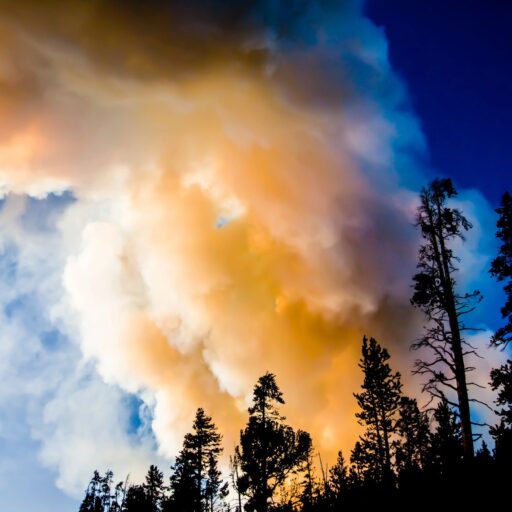
Wildfire Atmospheric Research and Mitigation (WARM)
What is WARM?
The Wildfire Atmospheric Research and Mitigation (WARM) project team at Arizona State University is sponsored by a U.S. EPA grant (the official project title being “Indoor Air Pollution Control for Resilience”) which aims to enhance Arizona communities’ resiliency during major air pollution events such as wildfires.
This project focuses on reducing indoor air pollution in public spaces such as–but not limited to–schools, libraries, and community centers. Emphasizing low-income areas with a high risk for wildfires, WARM offers free training sessions surrounding air quality, health, and air pollution control techniques to eligible staff members and volunteers of public facilities in various Arizona communities.
WARM training participants receive a stipend and a digital credential upon completion. They are encouraged to share their newly gained knowledge within their organizations and communities. In addition, the project will provide enrolled facilities with materials to build cost-effective portable air cleaners (commonly known as Corsi-Rosenthal boxes), as well as data-rich indoor air quality monitors free of cost. The long-term vision for this project is to develop a special indoor air quality scale to enable notifications when air pollutant levels are high–such as during wildfires–and to equip participants with the tools to respond.
Our funding
WARM teacher workshops are generously supported by the United States Environmental Protection Agency (US EPA) and the APS Foundation.
Learn more about the EPA Wildfire Smoke Preparedness in Public Buildings Grant.


Why WARM?
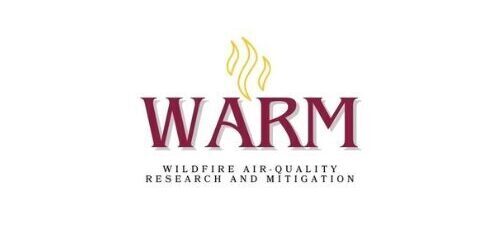
Implemented by Our Team
Read more about the Arizona State University faculty, graduate students, and undergraduate students who have collaborated to shape this project and achieve its mission.
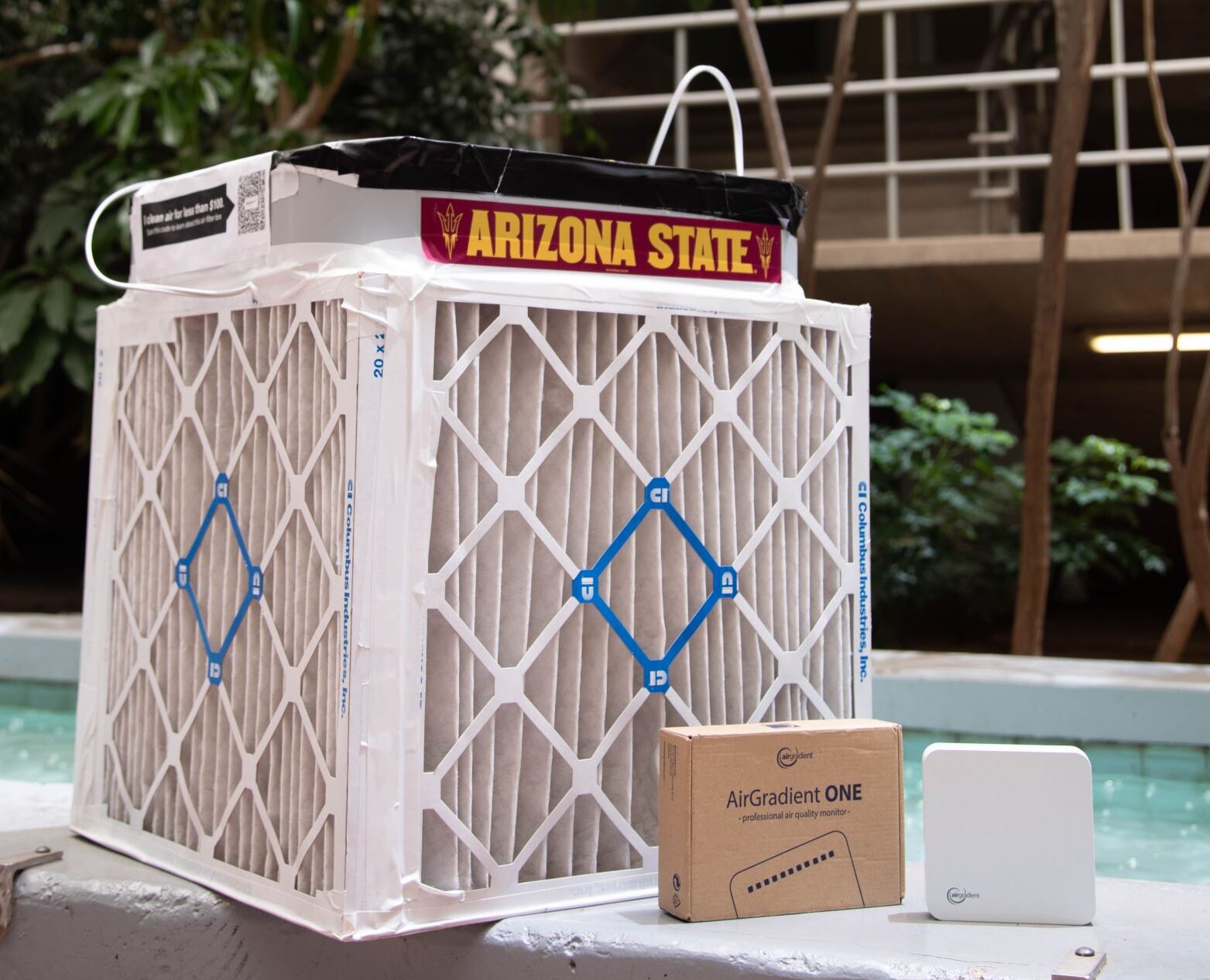
Affordable Pollutant Control Strategies
Corsi-Rosenthal (CR) Boxes are our solution to better indoor air quality. AirGradient ONE monitors collect real-time data on indoor pollutants.
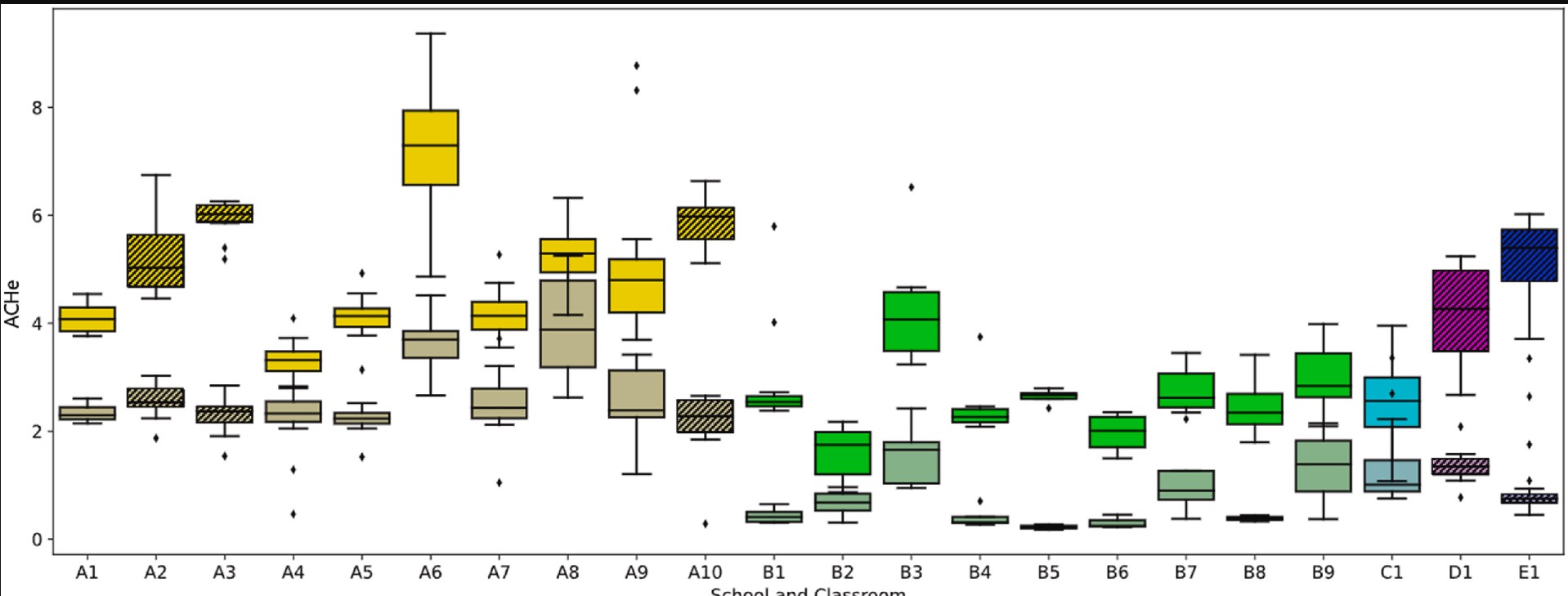
Backed by Research
Jehn et al. 2024 “Effectiveness of Do-It-Yourself Air Cleaners in Reducing Exposure to Respiratory Aerosols in US Classrooms: A Longitudinal Study of Public Schools.” Building and Environment, 258, 111603.

Our Terminology
Not everyone has a background in atmospheric chemistry, public health, or environmental engineering, so we’ve broken down the most commonly-used scientific terms in our project here.
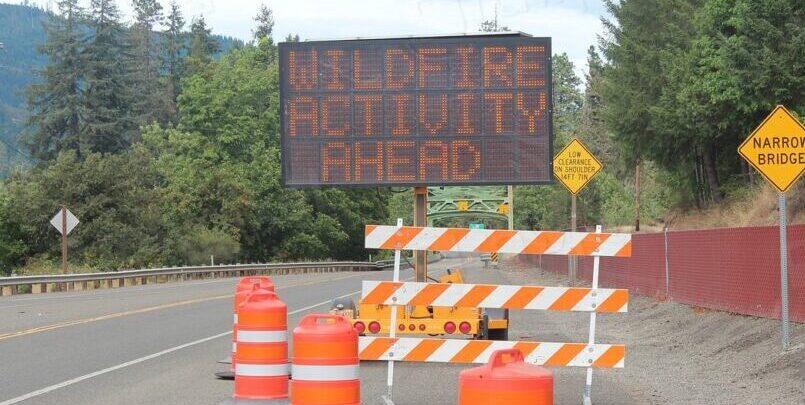
What can you do for your facility?
We offer trainings on indoor air quality and its health impacts for staff members of publicly accesible facilities. If you want your workplace to learn how to prepare for and respond to high-pollution events such as wildfires, we encourage you to fill out our contact form to determine your facility’s eligibility.